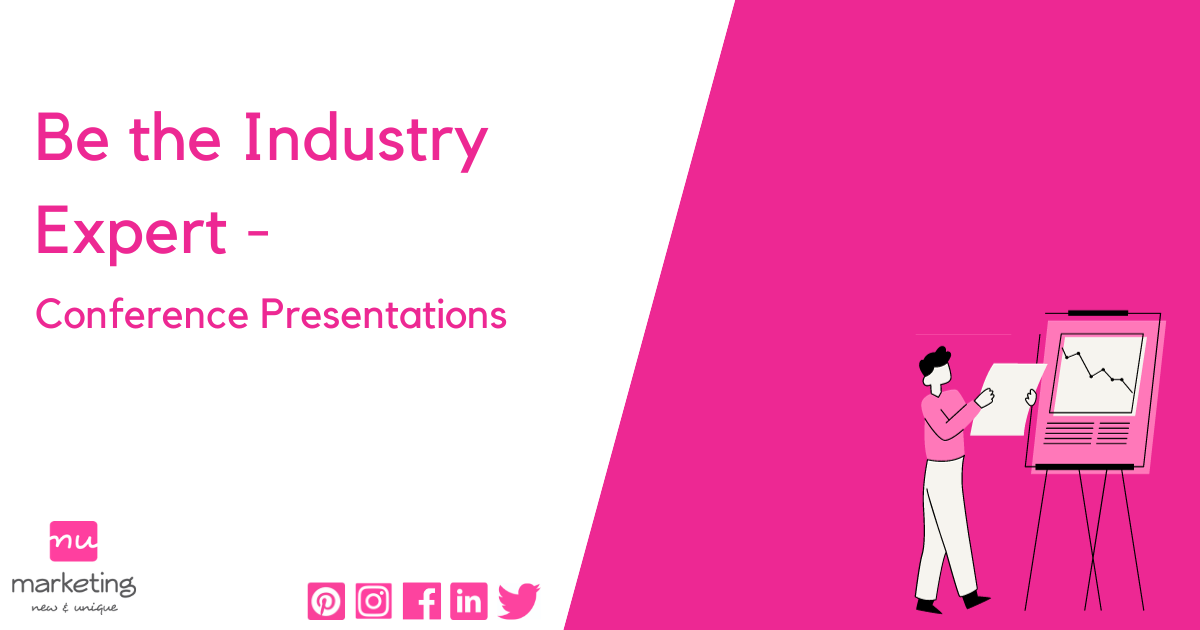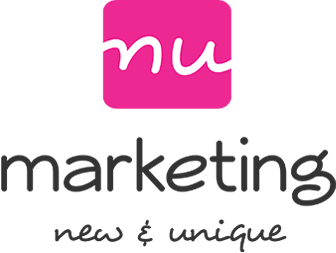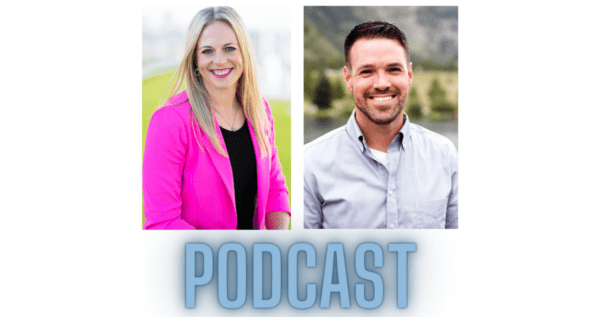
Presenting at conferences and association meetings is a powerful way to market your firm. These are places where attendees are already actively engaged. They want to learn about something to help them in their position and grow as a professional. Because you’ve already put together a strategic business plan and marketing plan, you have a target market to share these presentations. It’s important to understand these ARE NOT sales pitches, but they are educational in nature. (Many times conferences and associations stipulate this in their speaker requirements.) This makes it even easier, because you are simply sharing the knowledge and expertise you already have.
Once you’ve determined your target audience, you will know what conferences and associations your clients and prospects attend. Reach out to the appropriate planners at these meetings to find out what steps you must take to become a presenter. Typically, it involves submitting a 1-5 page proposal outlining your presentation including handouts and visual aids. Other times, you must sponsor the organization to be able to present to their group. Since each one may have different requirements, it’s important to contact the planner to find out what these entail.
The topic for your presentation should be helpful, informative, and entertaining. You have a wide range of expertise in the architecture, engineering, and construction industries. Many of the conference attendees won’t have all this experience related to the design and construction industries. There may be some attendees that have some residential experience, while others have been involved in multiple commercial projects. By talking to the conference planner, you can find out the knowledge level of the attendees. This will also help you determine a topic to present and the level of technical detail to include.
It’s not necessary to share everything you know, but make sure the attendees get a good grasp of your expertise. Most people only retain about 15% of what’s stated in a presentation, so don’t worry about someone copying all your ideas. You are there to educate and inform your clients and prospects, so they view you as the industry expert. Good presenters are actually perceived to be experts for the simple fact that they’re willing to stand up and talk to a group of people. Don’t be intimidated, because you are the expert when it comes to the design and construction industry. The audience is on your side and cheering you on to deliver an effective presentation.
Spend a couple weeks developing the presentation, because you’ll inevitably think of different things to add or delete. I also recommend practicing at least three times, because when you hear yourself explain something you might want to change how it comes out. It also allows you to time yourself to make sure you’re meeting the time requirements. Practice is SO important and should NOT be skipped. If it’s the first time you are giving this presentation, you should practice 5-7 times. Each presentation needs to be customized to the audience as well.
Don’t forget about the handout. This is also an important component of any presentation, and you should always provide one. The handout can feature your top 5 list or 5 takeaways but make sure to also include your contact information (name, phone number, email, and website). One side of the handout can be informational and the other side can provide space to take notes. These are very effective and have a life beyond your presentation; attendees will hold onto these and post them in their office. They are also likely to share this information with colleagues and other business professionals giving you even more visibility.
At the end of the presentation encourage people to connect with you via email, LinkedIn, or phone. If your firm has a company e-newsletter, encourage attendees to sign up for it on your website. Also, encourage them to follow and like your social media profiles. Not everyone will do this, but a handful will. To entice people further, tell them to engage with one of your firm’s social media platforms to be entered into a drawing for $50 cash. At the end of the day or conference, you can select a winner from those who have done so.
After the presentation, attendees who are interested in your services will make the effort to come talk to you. These are great prospects! Ask them for a card and follow up within 2-5 business days after the presentation. You should get some leads out of completing the presentation. Although it may not immediately turn into a project, you will have made some valuable connections and marketed your firm in the meantime.
Presentations can be very intimidating, but with continuous practice you will become more comfortable. The more presentations you deliver, the more your firm’s name gets out in the marketplace. It’s an easy way to market your firm and meet people in a non-aggressive way. You can also get more mileage out of your presentations by repurposing the content into blog posts or white papers for your website.



